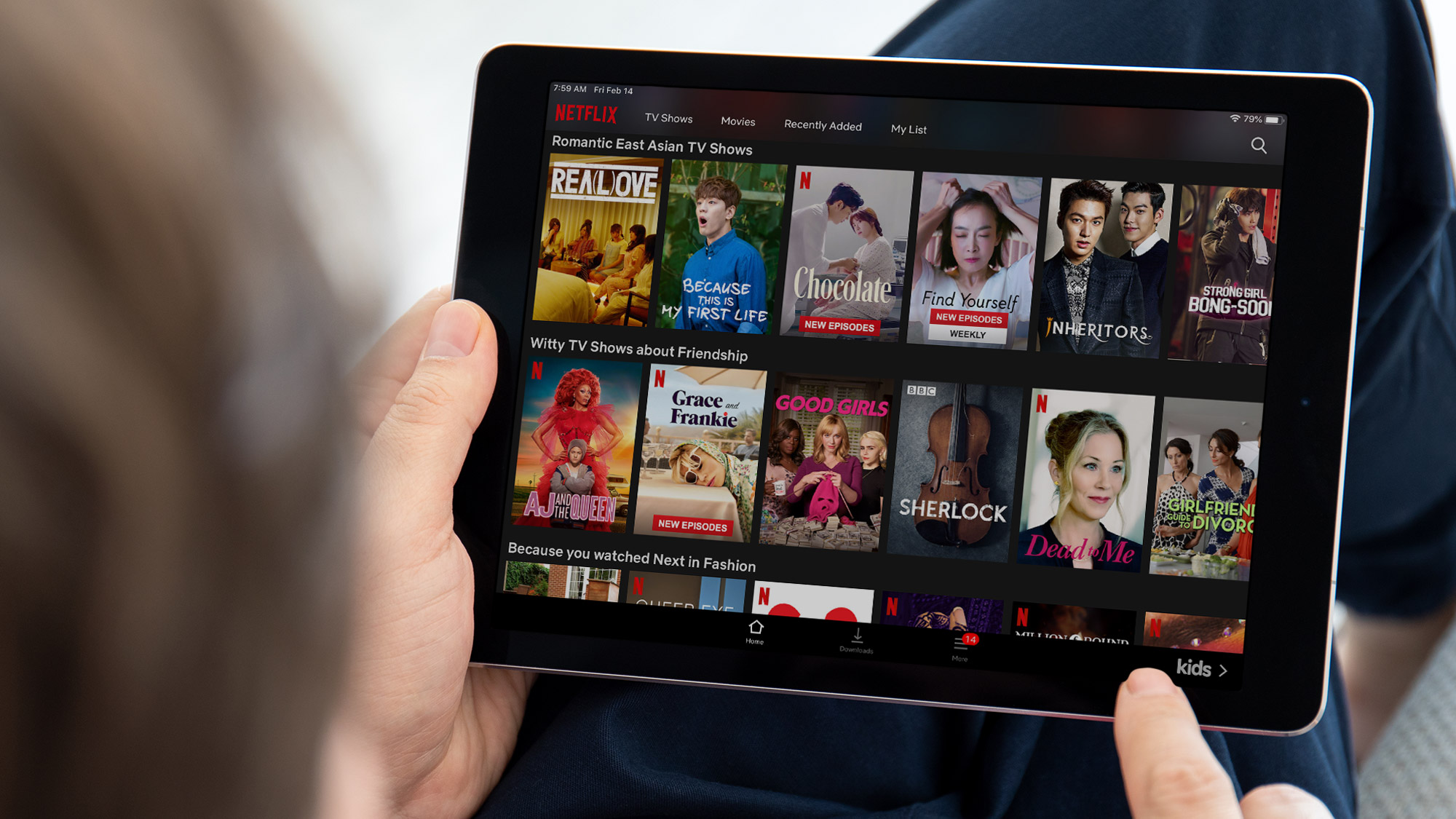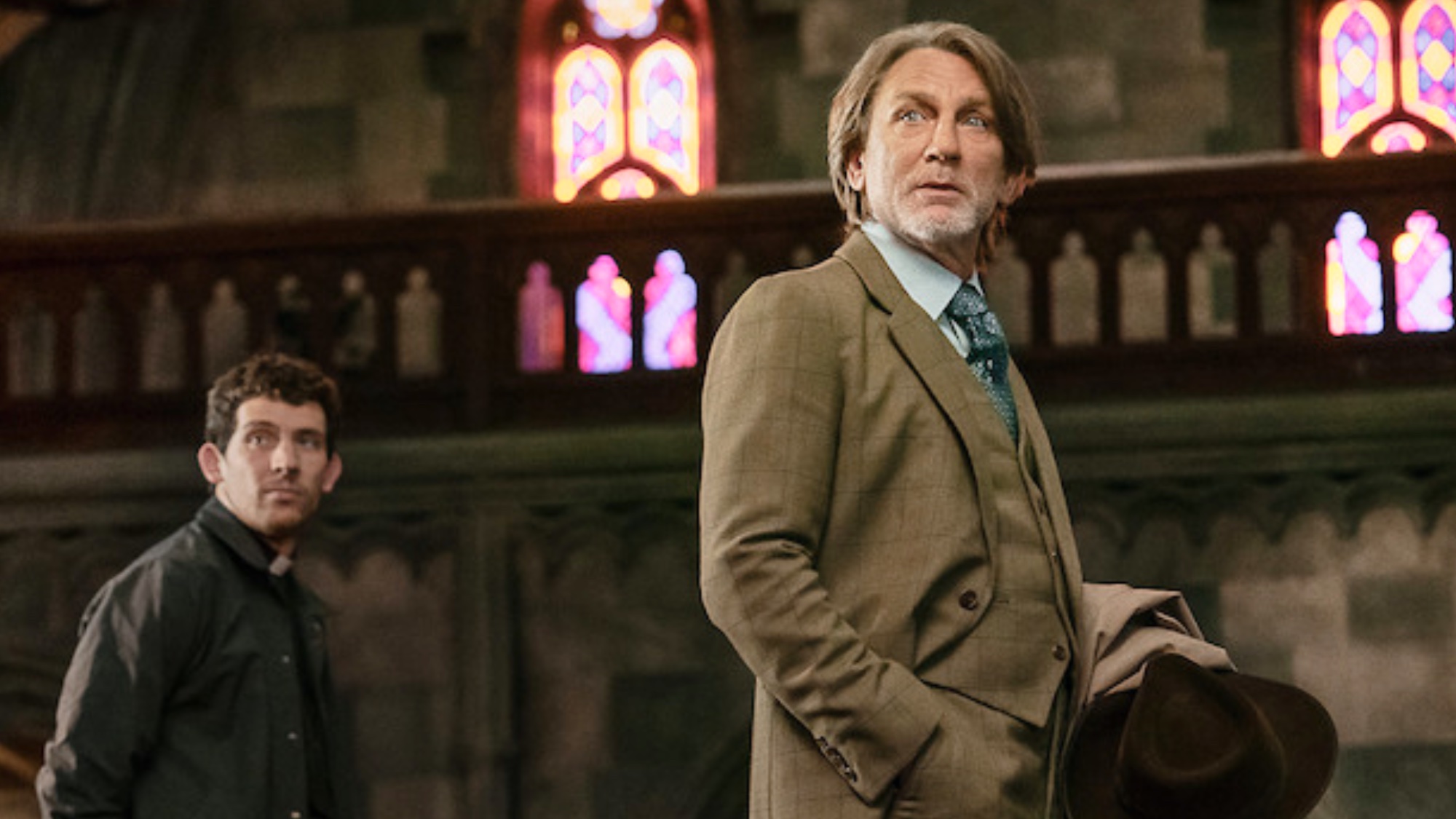Binge-watching Netflix for a living: How a Netflix tagger helps you discover new shows

Imagine binge-watching Netflix as your job. Get paid to watch movies and TV shows? Yes, please. As former Netflix tagger Rafael Ceribelli knows, it's a great gig. But that's not to say it's easy or fun all the time.
Netflix taggers, also known as metadata analysts, watch content for the streaming service and assign it relevant tags. Those tags include information like the release date, language, genre, cast and crew members, and types of profanity and violence depicted in the movie or show.
But the metadata analysts also watch with a subjective lens and apply tags that describe the personality traits of characters (like "quirky" or "pretentious") and the nitty-gritty of storylines. Any movie or show you watch could generate dozens of tags, and these tags help Netflix serve you super-specific collections, which are based on what you've already watched. My home screen displays categories like TV Dramas Based on Books (perhaps based off You), Suburban Dysfunction TV Comedies (definitely Atypical) and Bingeworthy Crime TV Thrillers (why, yes, I did just rewatch all of Breaking Bad and Broadchurch).
Based in Brazil, Ceribelli worked as a tagger for Netflix from 2015 to 2018. He watched and tagged hundreds of hours of content in Portuguese, English, Spanish, Italian and French. We spoke to Ceribelli about what it's like to tag Netflix content for a living and how his role helps viewers discover their next favorite show or movie.
- Stream securely from anywhere with the best Netflix VPN
Logging in to a Netflix job
Ceribelli, an aspiring filmmaker with a master's degree in Italian cinema, saw a public call on Facebook for applicants to be Netflix taggers.
The company eventually hired him to join a group of other remote taggers. At the time, he was working on a Brazilian television series, so the ability to work remotely and keep flexible hours was very appealing. "I had deadlines, and I could fulfill it around the clock," Ceribelli said.
Ceribelli started out watching Brazilian content in Portuguese, then added Spanish-language content from Argentina, Chile and Mexico. And later, he also worked with French and Italian movies.
Get instant access to breaking news, the hottest reviews, great deals and helpful tips.

His schedule varied wildly from week to week. "It was dependent on the flow of content," Ceribelli said. "There were weeks where I was really busy and then on the other weeks, not so much."
The content also varied wildly, from kids' programming, to television series, to feature films.
The good, the bad and the kids' shows
The other less-than-sunny side of Netflix metadata analysis is that you don't get to pick what to watch. Yeah, it'd be great if you could watch Stranger Things, The Crown and the best movies on Netflix all day every day, but that's not how it works. Ceribelli admitted that there were many times he analyzed content he had zero interest in.
"To be honest, it's impossible to enjoy everything," he said. "There was a lot of content that I would never watch as a Netflix consumer or viewer, especially kids' content. You're not watching just for fun."
But even being forced to slog through some preschool cartoons was helpful to Ceribelli because it aided his work as a filmmaker.
"It's funny because it is good to watch things that you think are not good, because then you can spot the flaws. Like, 'Why did they do that? Why don't I like this?' You know?" he said. "I think the whole structure thing helps me as a filmmaker, as a screenwriter."
On the flip side, there were many times Ceribelli analyzed content he loved. He kept a list of those titles to recommend to friends, including the 2005 Argentine film The Aura, the 2015 Spanish mystery The Beach of the Drowned and the 2017 French thriller TV series The Frozen Dead.
Binge and tag, carefully
Once Ceribelli was assigned to a title, he would sit down to watch it and build a report. As it played, he kept detailed notes in an app about everything from the narrative structure, to the protagonist's character traits, to the types of sex scenes.
Netflix takes its metadata seriously. Ceribelli said that every report went through a thorough feedback process. "I was very careful doing it, but there were some times where I just skipped profanity or something like that and I was warned like, 'Oh look, there was something here that you have missed,'" he said.
There was no opportunity for any rogue or joke tags to get assigned to content. "There was constant evaluation on it," he continued. "It is a company that values quality overall."
So, if you think a Netflix tagger simply watches movies and shows for a living, think again.
"Yeah, a lot of friends said that to me: 'Oh, you have the best job in the world,' and it is pretty cool, because I loved doing it, but it is a job after all," Ceribelli said. "It's not like just making some popcorn and watching a movie. You need to be very aware of what's happening and be responsible for your choices in the tagging process."
Recommended for you
Ceribelli left Netflix in 2018 and later moved to London, where he works at the startup Otro in strategic operations and metadata. He also made a short film titled Wreckage, which played at some festivals last year.
Ceribelli's departure came when "the project was done," he said. Ceribelli believes Netflix no longer employs remote taggers, bringing metadata analysis in-house.
He still feels the role of a tagger is important to Netflix's success. "I think Netflix works in a kind of intersection between creativity and technology," Ceribelli said, and there are certain things a human can do better than a computer.
So, the next time you fire up Netflix and see a customized collection like "Goofy Workplace Comedies" or "Movies with a Strong Female Lead," know that a real person watched hundreds of hours of content to help offer it to you.

Kelly is the managing editor of streaming for Tom’s Guide, so basically, she watches TV for a living. Previously, she was a freelance entertainment writer for Yahoo, Vulture, TV Guide and other outlets. When she’s not watching TV and movies for work, she’s watching them for fun, seeing live music, writing songs, knitting and gardening.
